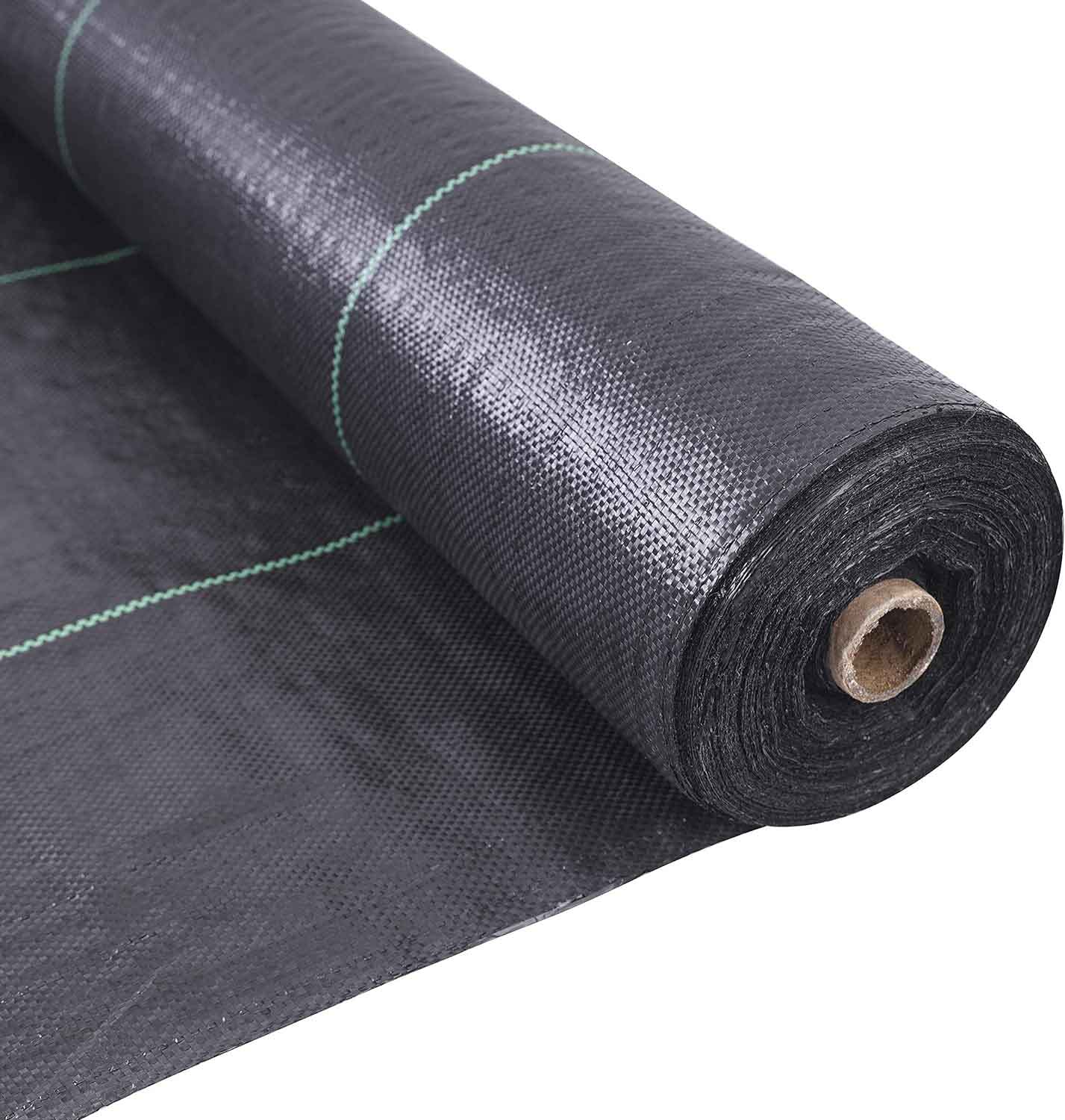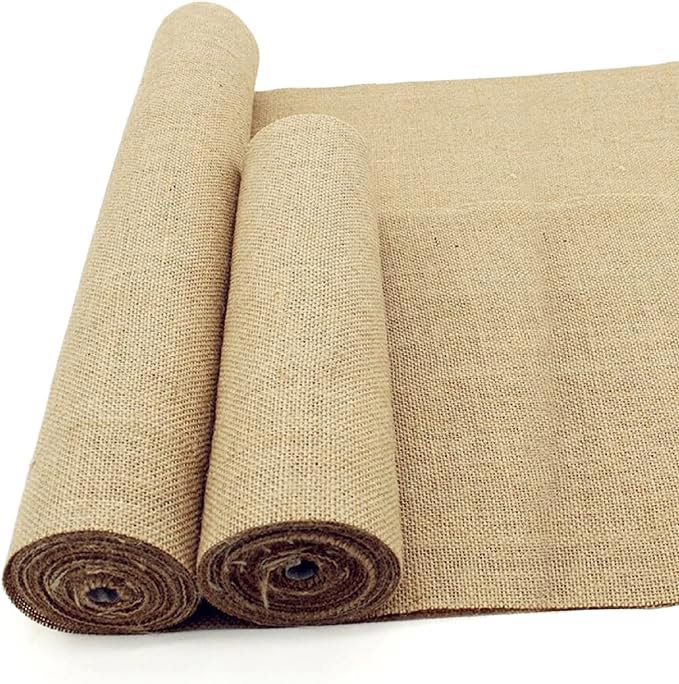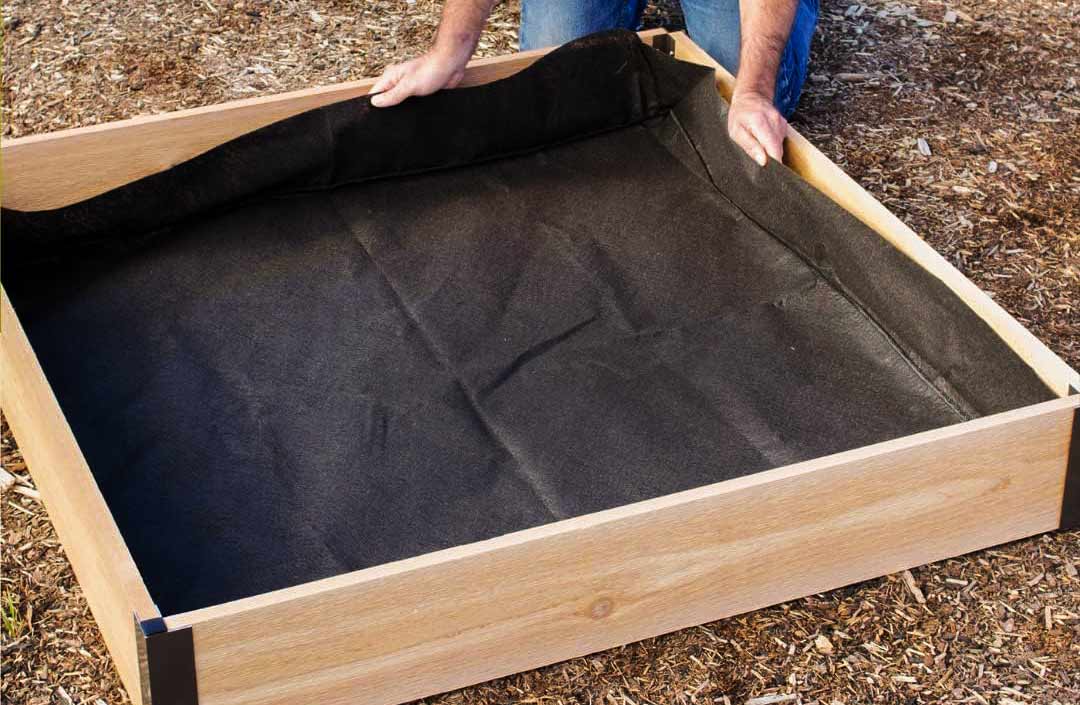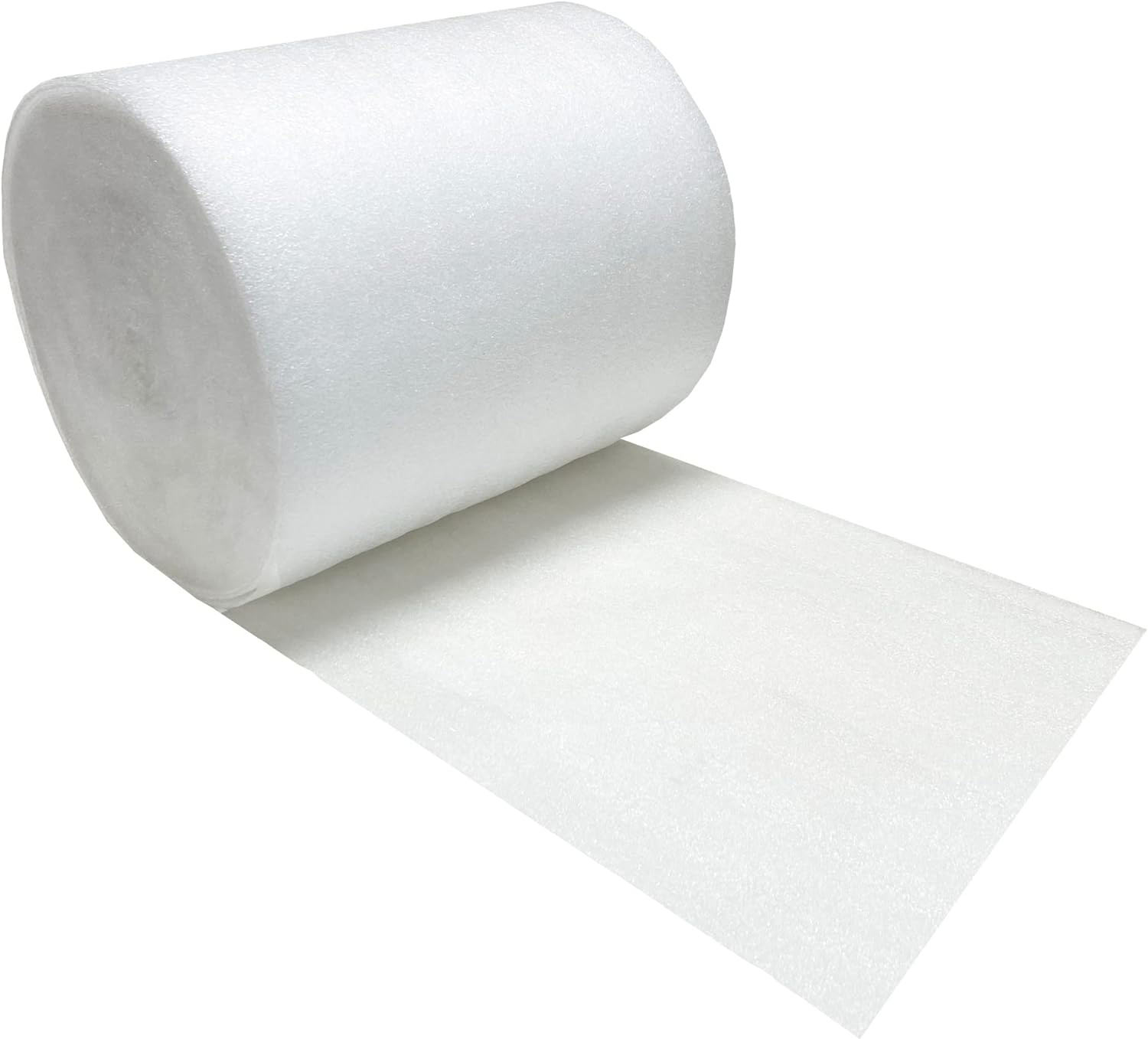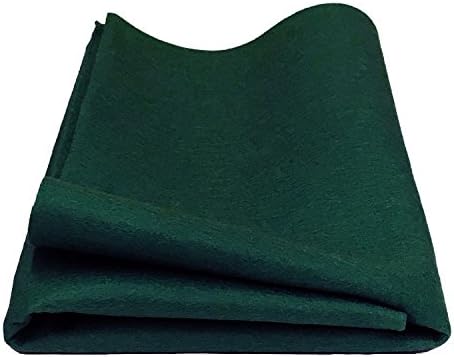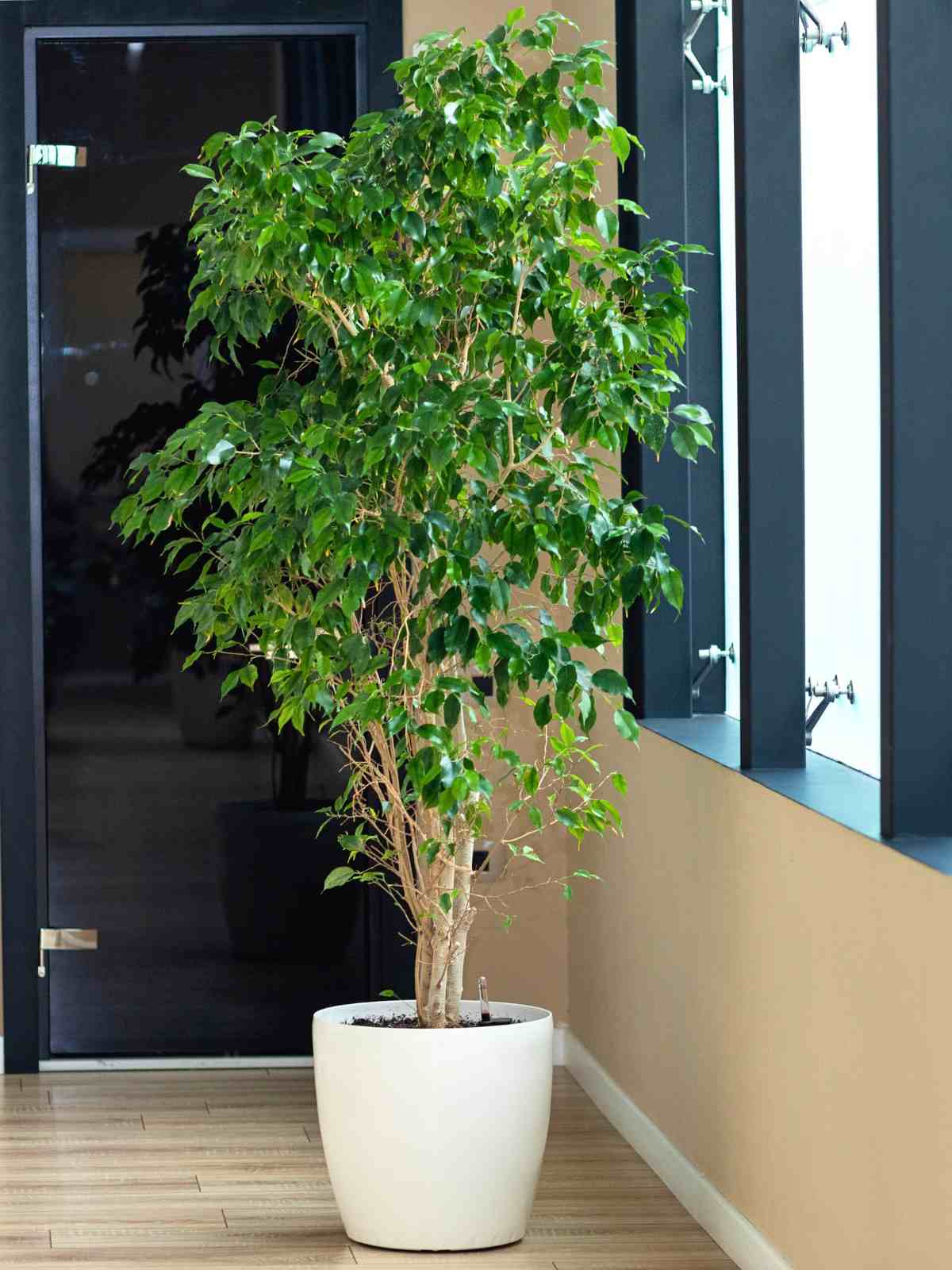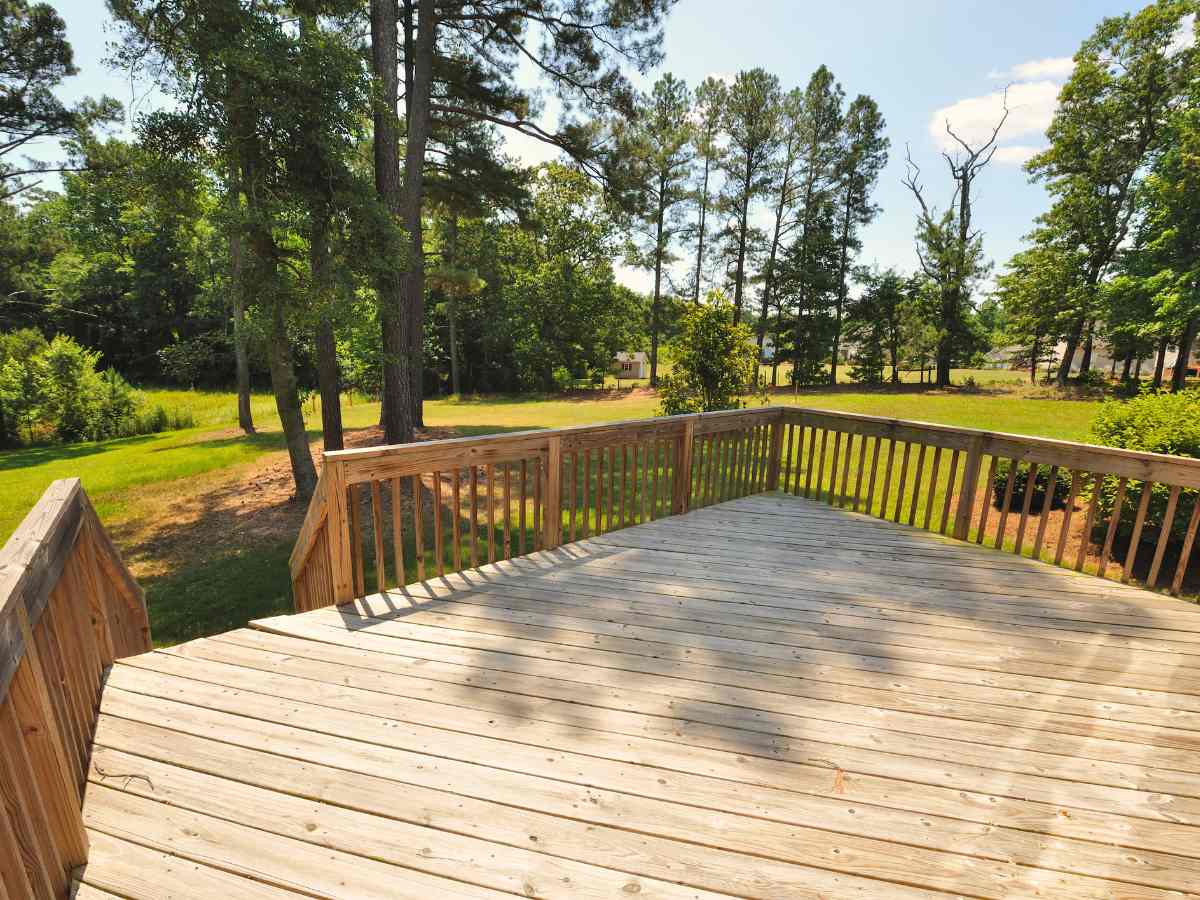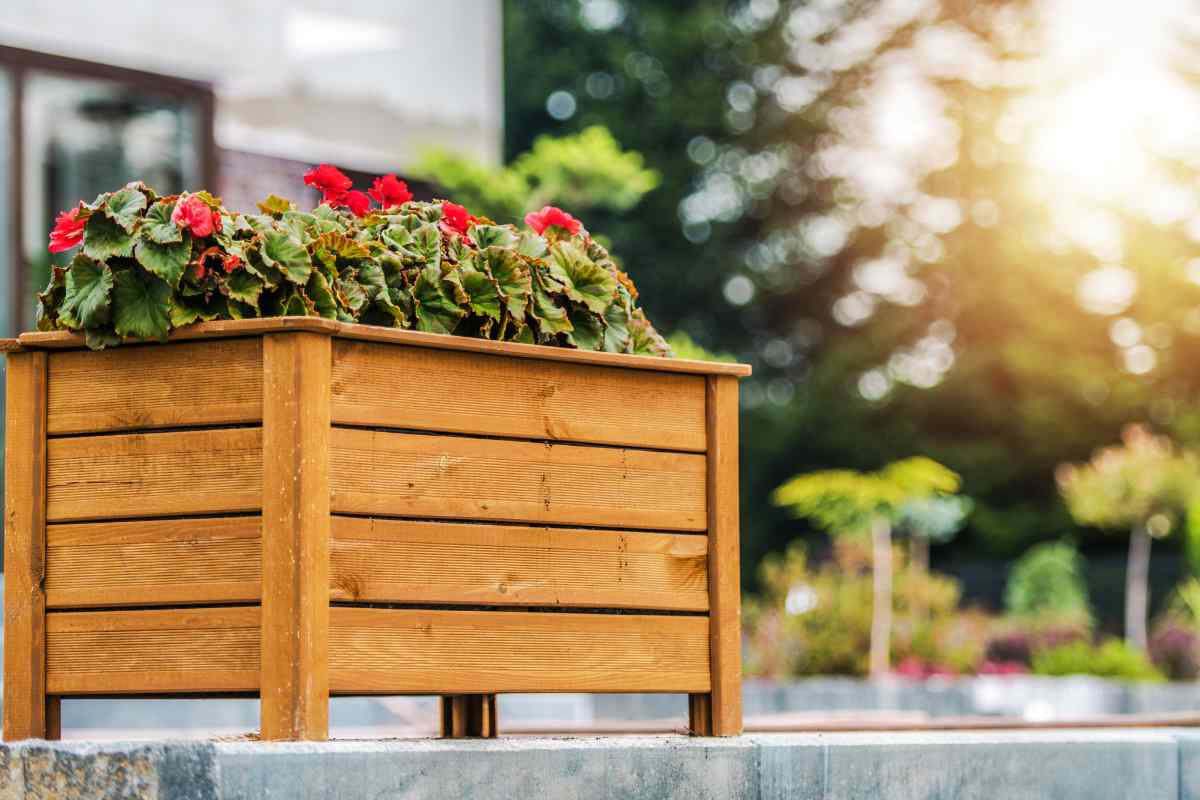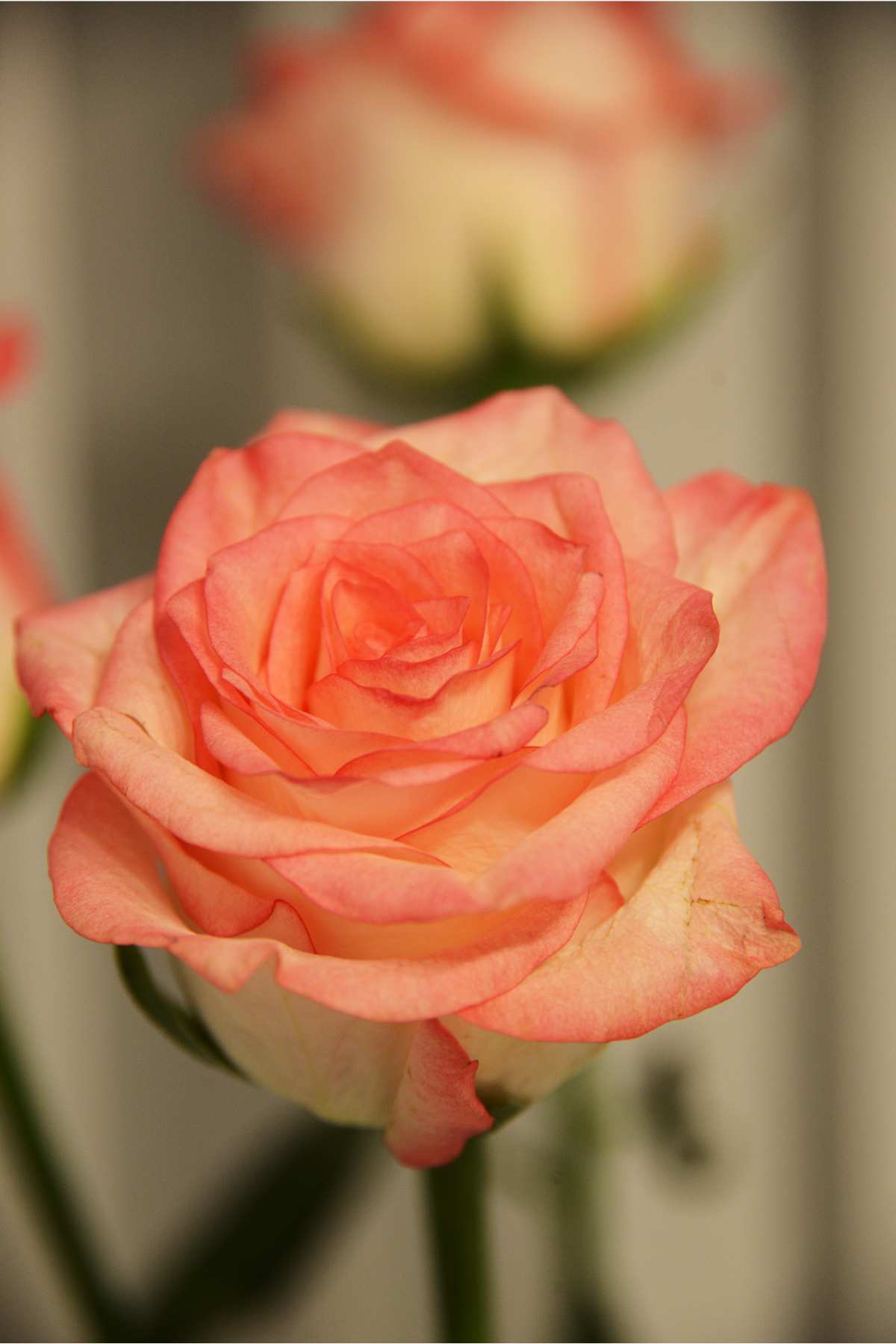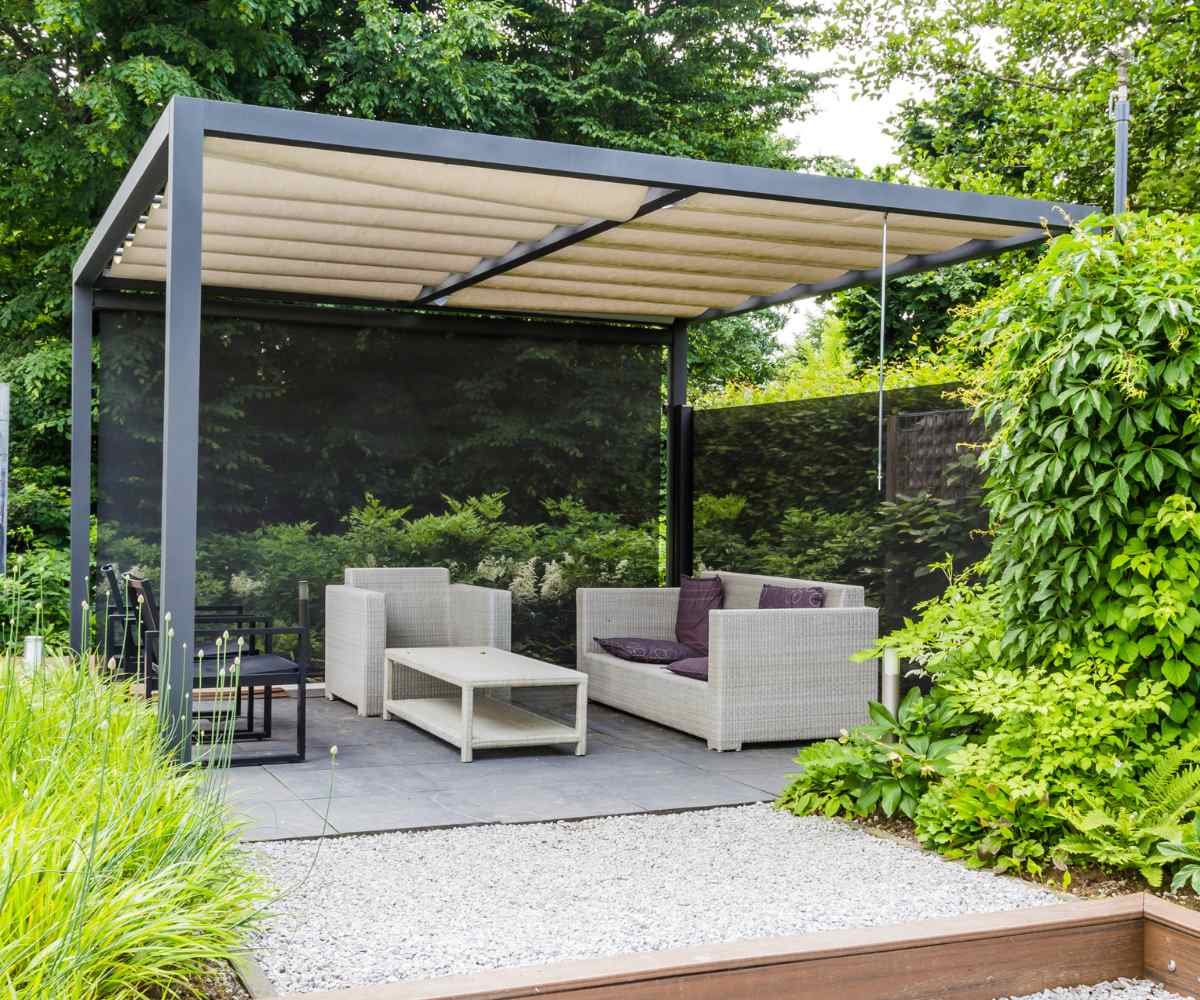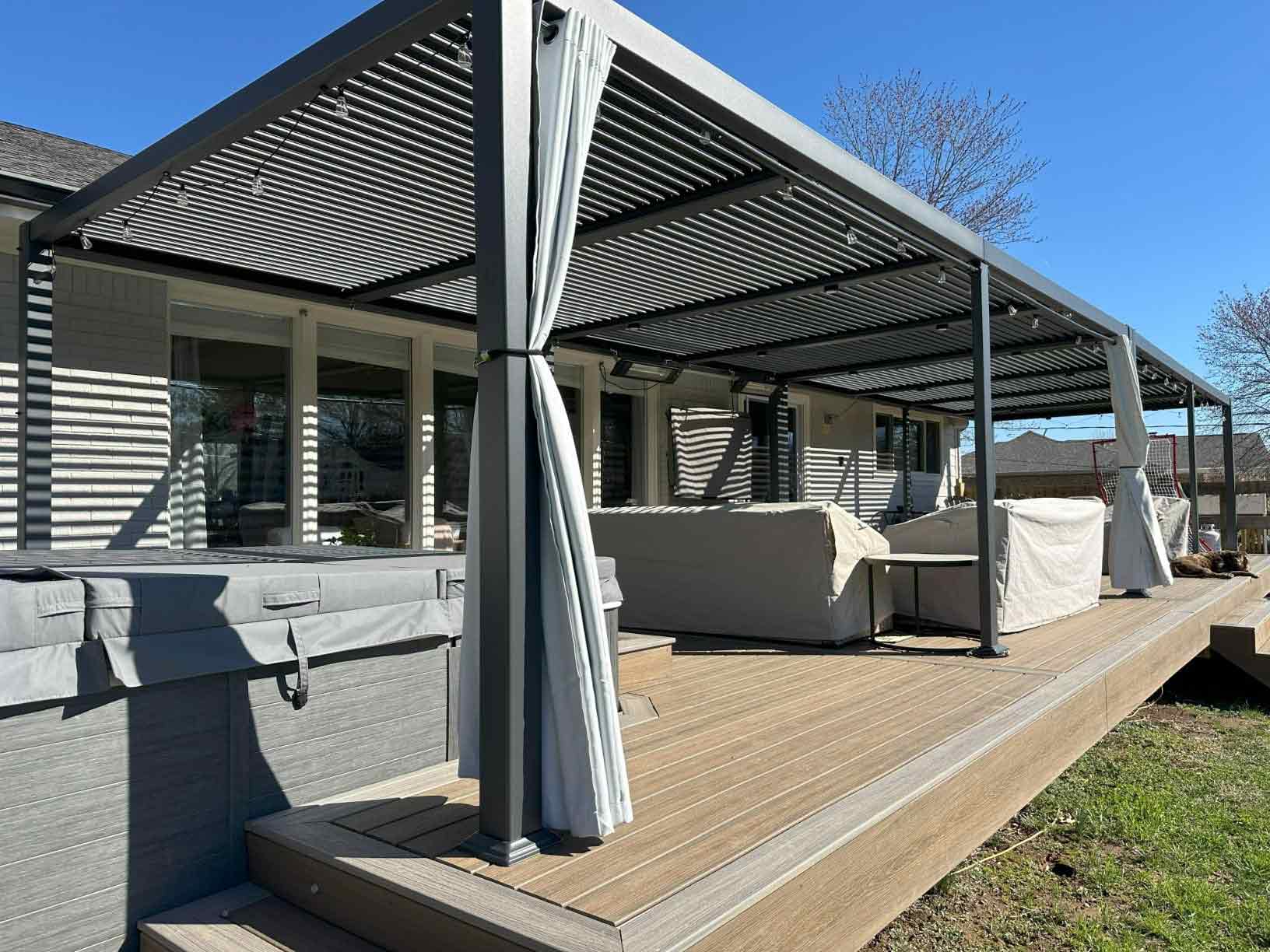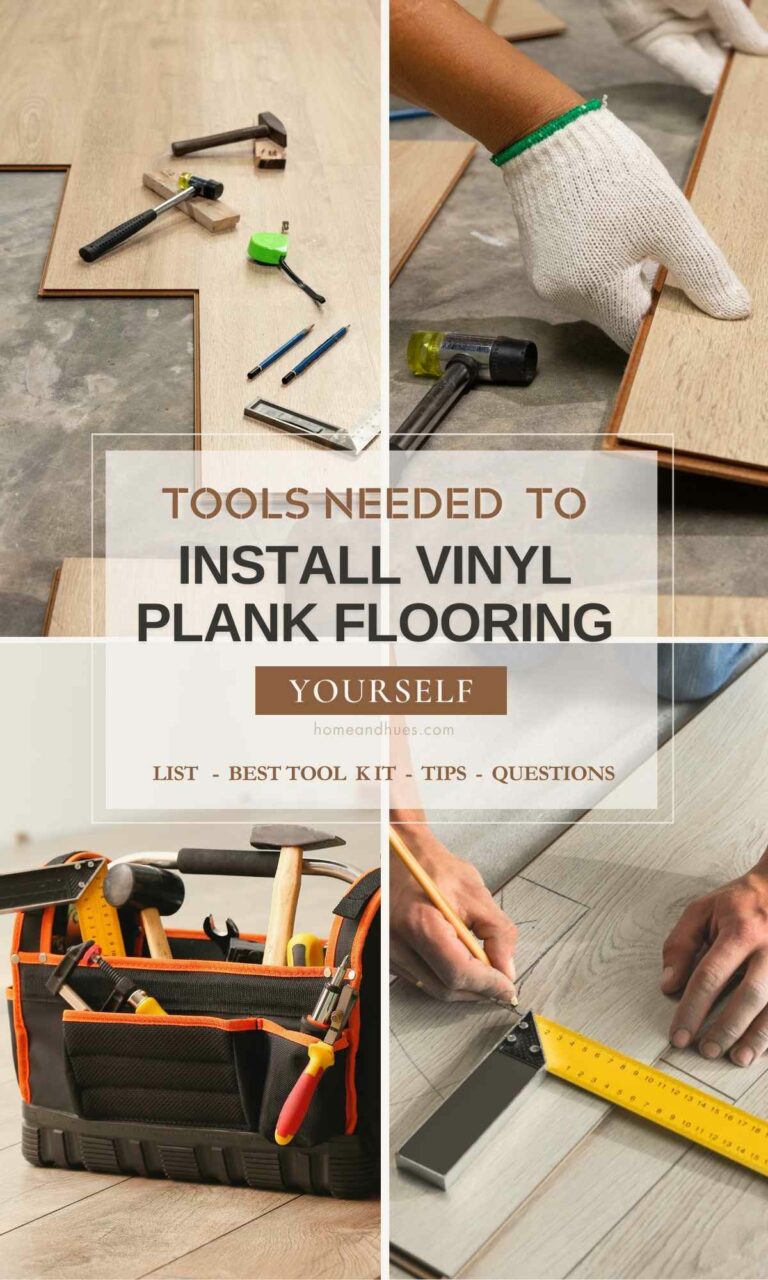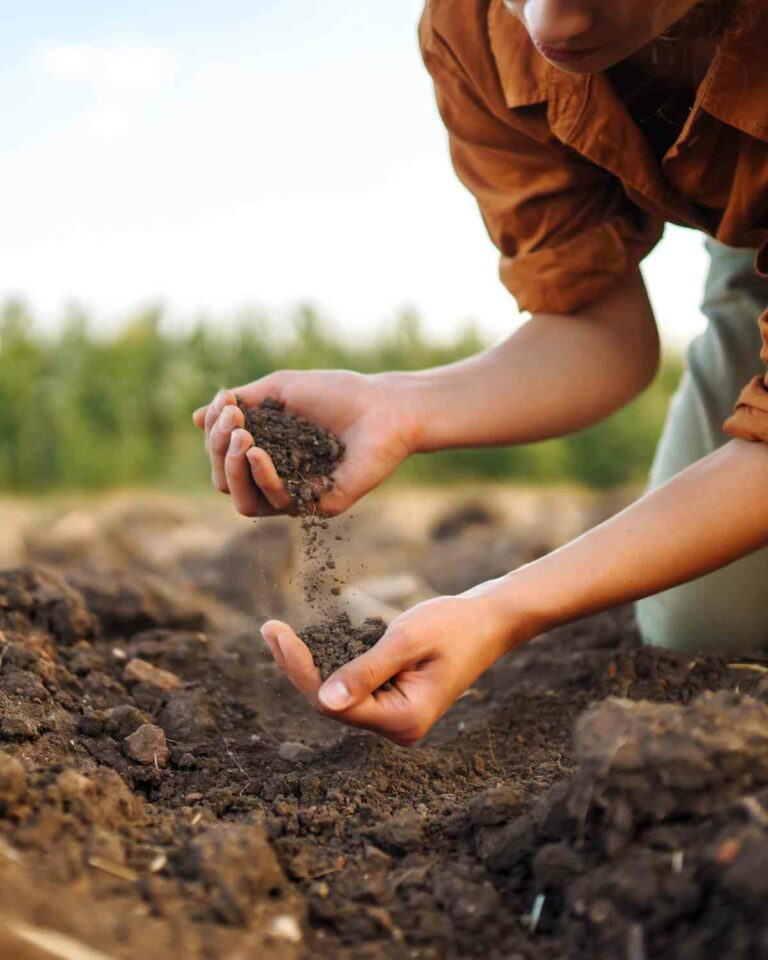Choosing Liners for Wooden Planter Boxes (Types and How To Line)
Planning to spruce up your garden with wooden planter boxes and wondering if you need liners or inserts for your garden raised beds and boxes? Since liners are crucial for the health and longevity of your garden planter boxes, this guide, will help explore why liners are essential, the different types available, and tips for picking the perfect one. Plus, a step-by-step guide on lining your planter box and raised beds with some clever alternative ideas.
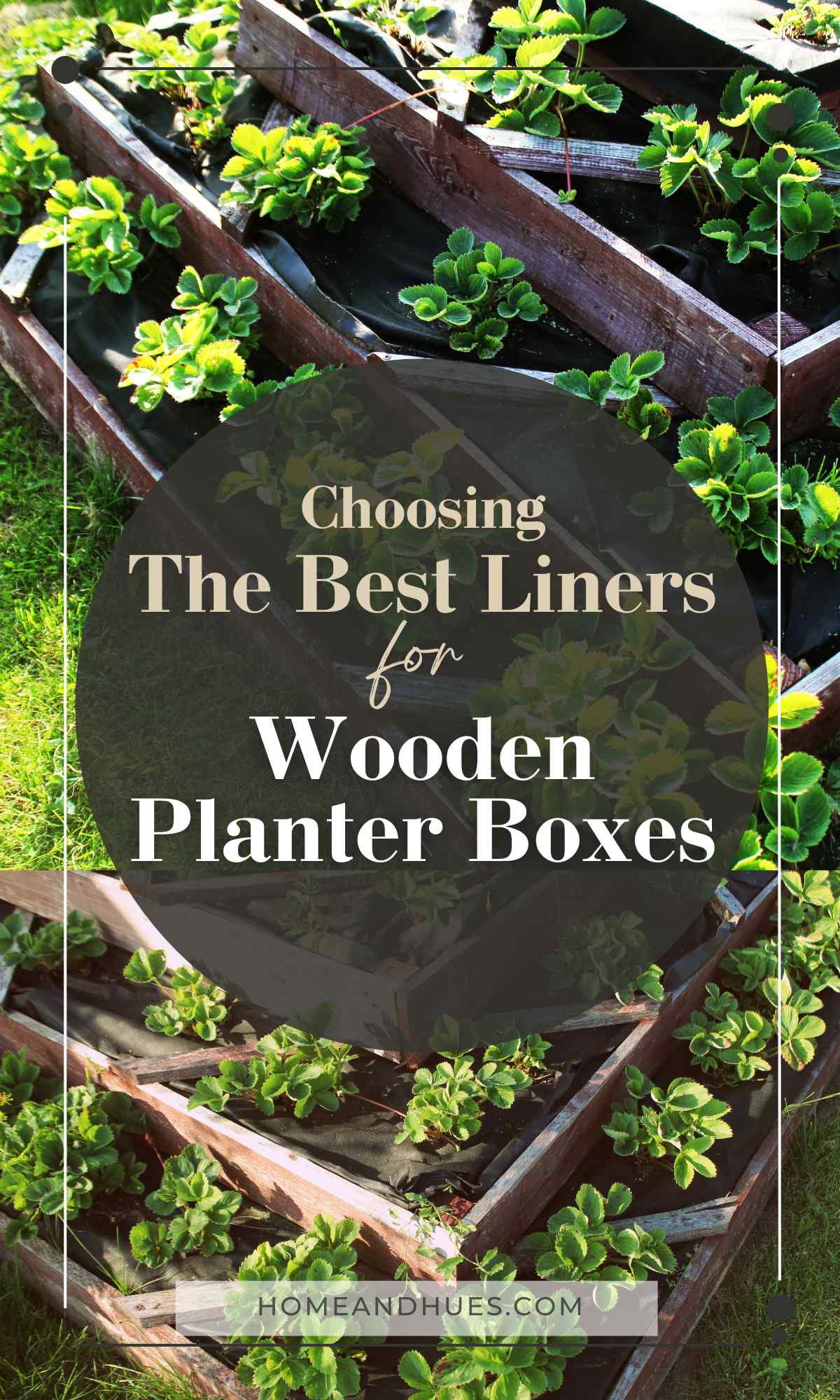
Why You Might Need Liners For Wooden Planter Boxes Or Raised Beds
So, you’ve chosen the right type of wood for your planter boxes, they’re gorgeous but can be prone to moisture damage and soil wear long term. If you want your garden boxes (raised beds) to last more than a season, liners protect the wood from rot and decay, which is super important. Plus, they help keep the soil’s moisture level just right, ensuring your plants stay happy and healthy. So here are some of the reasons why you might need a liner for garden planter boxes:
- Enhanced Durability: Liners significantly extend the life of your wooden planters and raised beds. They act as a barrier against pests and diseases that can be harbored in the soil.
- Improved Plant Health: For instance, certain liner materials can help regulate soil temperature, keeping roots cooler in summer and warmer in winter.
- Ease of Maintenance: planter box and raised bed liners make cleaning and maintaining your planters a breeze. When it’s time to refresh and improve the soil or change plants, you can simply remove and replace the liner, sparing the planter box from excessive disturbance.
- Versatility in Planting: With liners, you can easily switch between different types of plants that may have varying soil and moisture needs, without having to worry about the impact on the wooden box.
- Aesthetic Preservation: Liners help maintain the internal structure and appearance of the planter box, preventing unsightly stains or damage from soil and water contact.
Related: Creative Indoor Planter Box Ideas: Inspiration For A Green Home
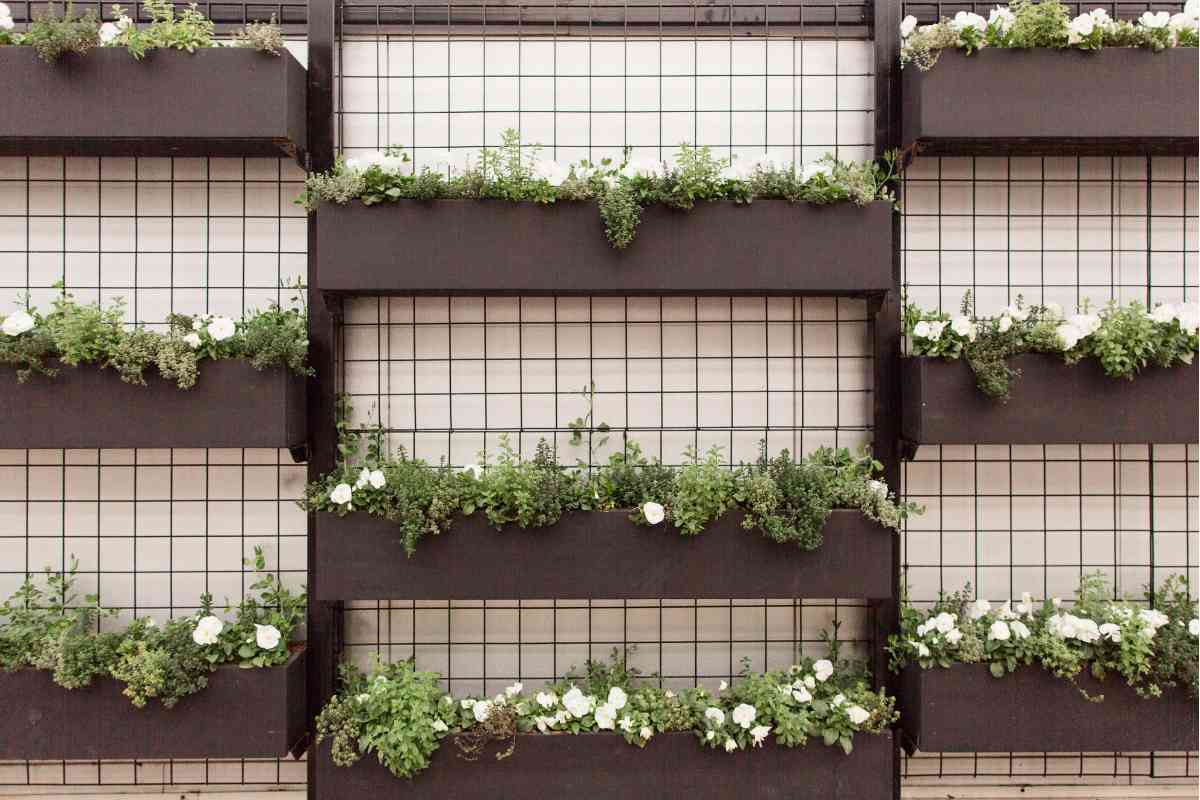
Related: Soil Improver / Conditioner: Types, Benefits + How To Use
Picking the Perfect Liner: Materials Matter
When it comes to liners for garden planter boxes and raised beds, not all materials are created equal. You’ve got a few options:
1. Plastic Liners
Ideal for waterproofing. They’re great at keeping water away from the wood, but remember, drainage is key! So, make sure they have holes. It’s about striking a balance – you want to protect the wood from constant moisture while also ensuring that your plants aren’t drowning.
Heads up: some links are affiliated & I may receive a small commission from qualifying sales. For more info see my disclaimer policy.
- Commercially Available: regular plastic sheets, or heavy-duty plastic liners (with different thickness options) or pond liners (which are the thickest).
- DIY Option: Repurposing old plastic bags or sheets.
- Advice: Ensure quality and durability. Don’t forget to create drainage holes to prevent waterlogging.
2. Landscape Fabric
- Commercially Available: Breathable plastic landscape fabric liners or biodegradable option: burlap fabric made from jute stem fiber.
- DIY Option: Old burlap sacks or weed barrier fabrics.
- Advice: Overlap layers for adequate soil containment and ensure good drainage.
3. Eco-Friendly Liners
Go for liners made from recycled materials or natural fibers. They’re toxin-free and biodegradable.
- Commercially Available: Natural coconut coir liner sheets, or for more flexible options choose planter box liners made of Jute Fabric Material or thick biodegradable paper liners.
- DIY Option: Tricky to DIY but can repurpose old coco liner pieces or use old burlap sacks.
- Advice: Great for moisture retention but may degrade over time and need replacing.
4. Geotextiles and Polypropylene Fabrics
- Commercially Available: Raised Garden Bed Polypropylene Liner or Non-Woven Landscape Fabric.
- DIY Option: Reusing old non-woven geotextiles.
- Advice: Choose a durable fabric that allows water to pass through while containing the soil.
5. Moss Liners
- Commercially Available: Premium dried forest moss or Sphagnum moss available online. Excellent moisture retention, good drainage, medium pH.
- DIY Option: Harvesting sphagnum moss if available.
- Advice: Require frequent watering as they can dry out.
6. Foam Sheets
- Commercially Available: Foam liners used for ponds or water features.
- DIY Option: Recycling foam packing materials.
- Advice: Good for insulation but needs careful implementation to ensure drainage and not very durable.
7. Felt Fabric
- Commercially Available: Felt fabric planter liners.
- DIY Option: Old felt materials or craft felt sheets.
- Advice: Effective for moisture balance; however, thickness is key for durability.
Tailoring Your Choice: Size, Purpose, and Planter Type
Choosing the right liner is like finding the perfect pair of jeans – it needs to fit well and suit your needs. Here’s what to consider:
- Size and Shape: Measure your planter box to get the right size liner. A snug fit is what you’re after.
- Planter Location: Raised planters might need sturdy, waterproof liners, while ground-level ones might benefit from breathable materials.
- Plant Types: Got moisture-loving plants? Go for waterproof liners. Prefer drought-tolerant greenery? Breathable liners are your best bet.
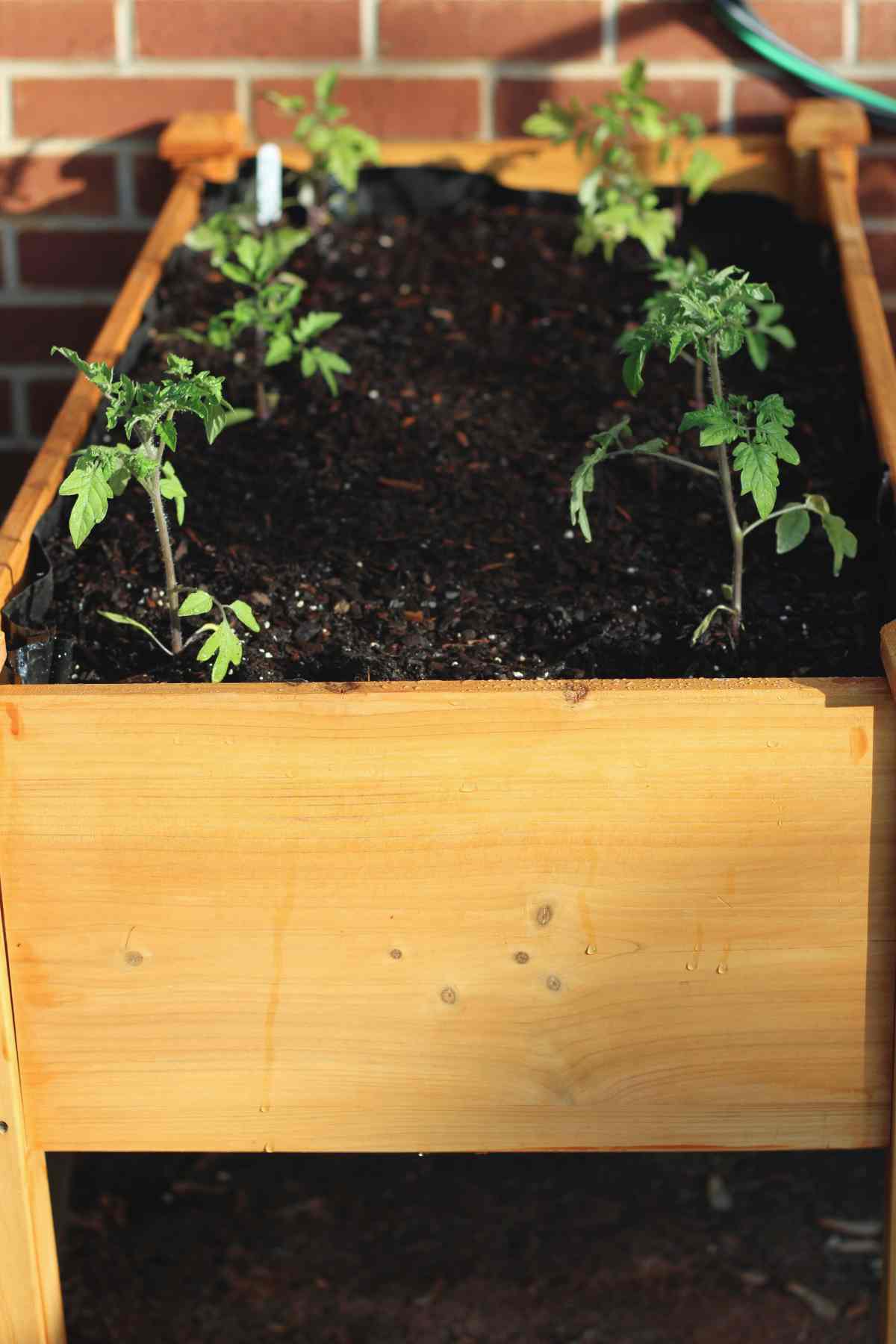
Lining Your Planter Box: A Step-by-Step Guide
Lining your planter box is a piece of cake. Just follow these steps:
1. Measure your planter box
- Accurately measure the interior length, width, and depth of your planter box.
- Account for any curvature or additional features that might require extra liner material.
- Tip: Use a flexible tape measure for curved edges to ensure accuracy.
2. Cutting The Planter Box Liner
- Mark the dimensions on your chosen liner material using a ruler and marker.
- Utilize appropriate cutting tools like scissors for fabric or a utility knife for thicker materials.
- Remember to cut a bit extra on each side for a more secure fit.
- Optional: Cut the corners at 45-degree angles to fit more neatly and reduce bulk
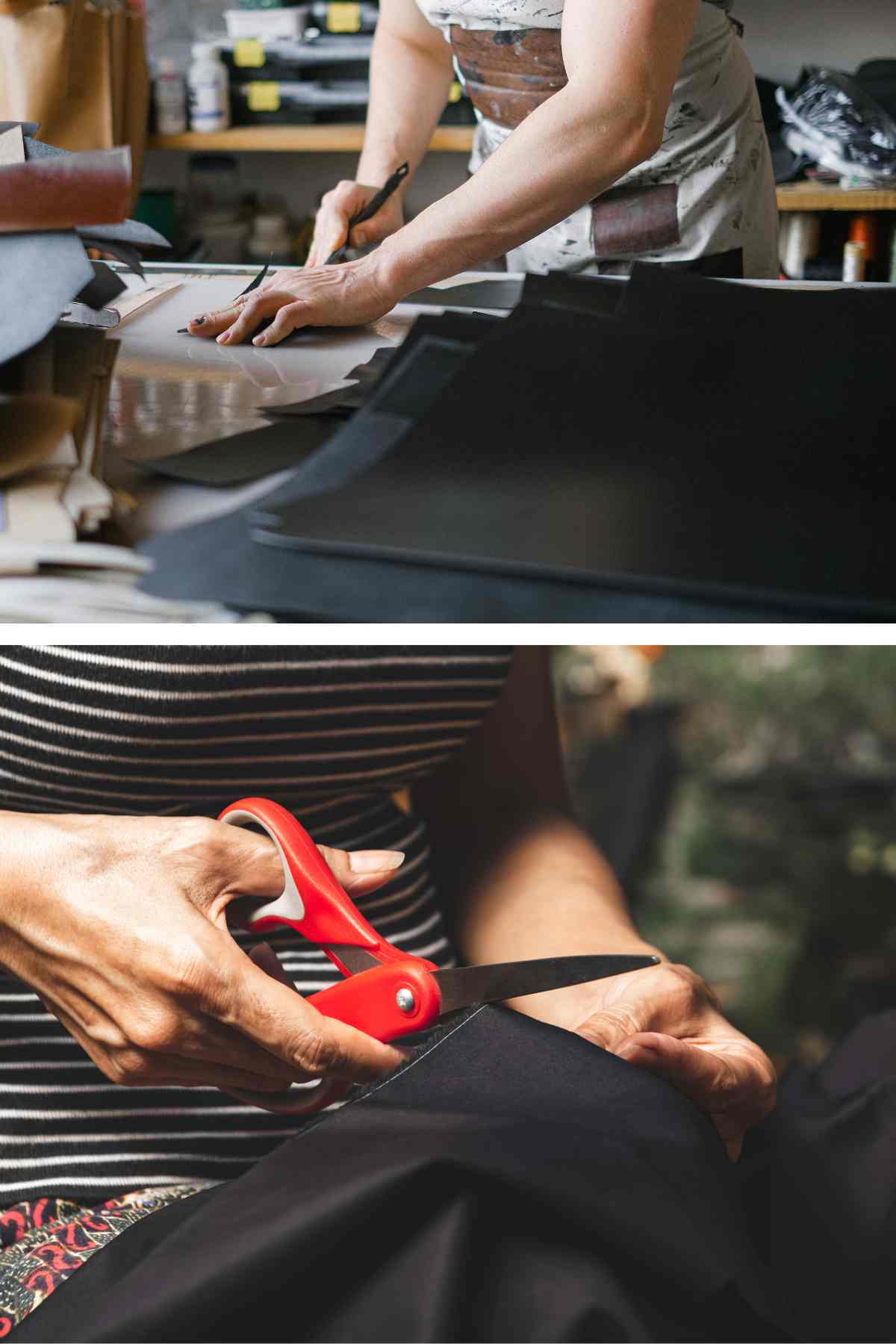
3. Ensuring Drainage (If Using Plastic)
- Use a sharp object to poke small holes spaced evenly across the bottom. Poking a few drainage holes at the bottom is a must. It’s a quick fix to prevent water from pooling and creating a soggy mess that could harm the plants.
- Consider the size of your planter; larger planters may require more drainage holes.
- Alternative: Line the bottom with a layer of gravel before placing the liner to improve drainage and reduce root rot risk.
4. Securing the Liner Inside the Planter Box
- Carefully place the liner inside, smoothing out any creases or air pockets. A snug fit is crucial for maintaining soil health and optimizing drainage, which can really make or break plant growth.
- For wooden planters, use a staple gun to attach the liner; for metal or plastic planters, double-sided tape or glue can be more suitable.
- Ensure the liner is taut but not overstretched to avoid tears.
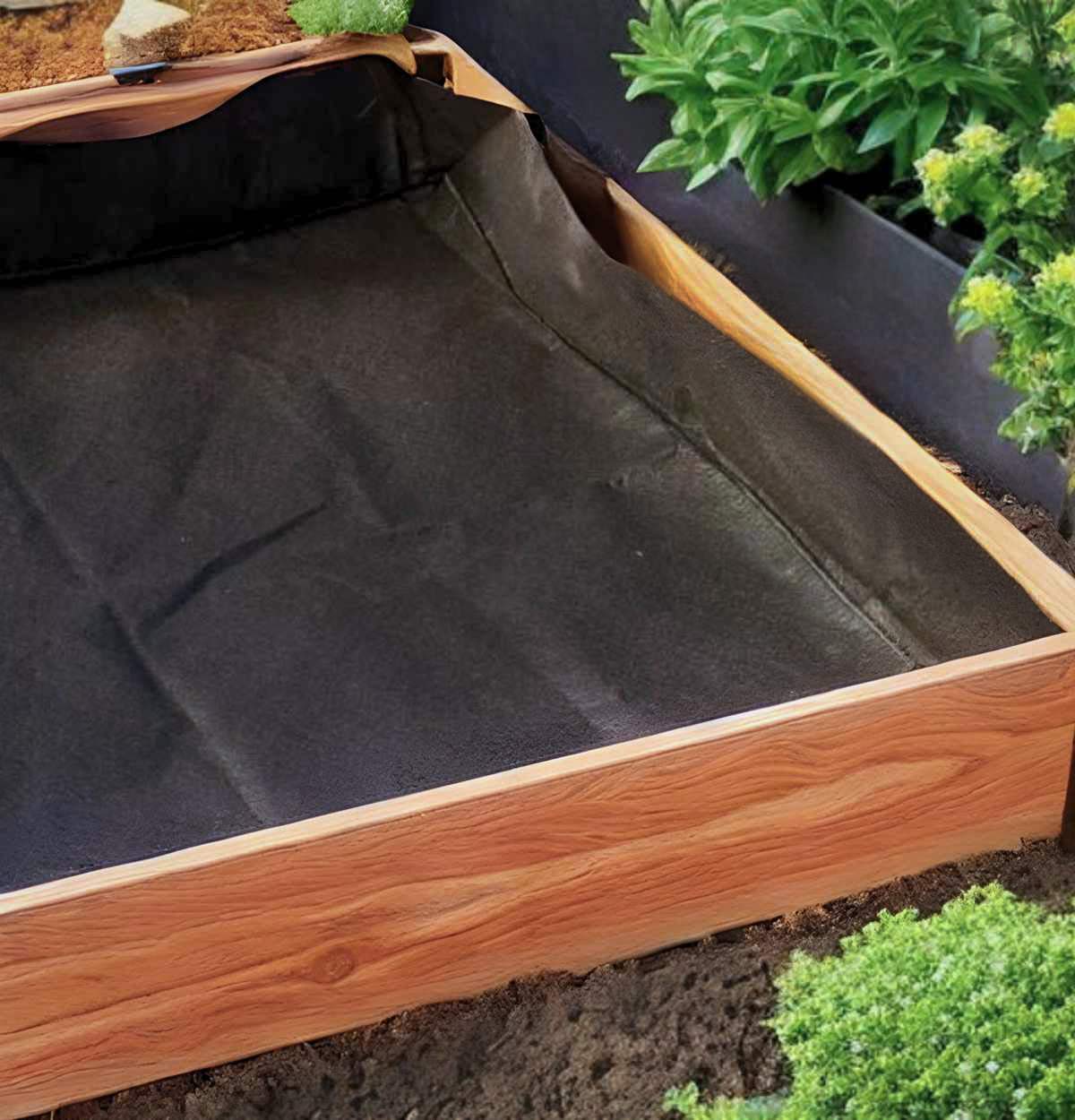
5. Trimming Excess Liner
- Leave about an inch of liner above the soil line to ensure containment.
- Trim neatly with a sharp tool for a clean finish.
- Consider folding over the edge before securing for added strength.

Tip To Increase Durability And Weather Resistance
When a planter box is sitting directly on the ground, one useful tip for enhancing its durability is to elevate it slightly off the soil.
This can be done by attaching feet or a base made of a durable, rot-resistant material like concrete blocks, bricks, or pressure-treated wood.
This elevation improves drainage, reduces direct contact with damp soil, and minimizes the risk of rot and pest infestation, thereby extending the life of the planter box.
Alternatives to Traditional Planter Box Liners
Not keen on the usual liners? No problem! Try these:
- Planter Box Inserts: These planter box inserts are like mini containers that fit right into your planter box. Easy to swap and great for protecting the wood. Planter box inserts are perfect for wooden planter boxes used in modular or container gardening, allowing for easy swapping of plants.
- Recycled Plastic Bags: If you’re aiming for a quick and cost-effective solution, layering non-biodegradable plastic bags can work as a makeshift liner. Remember to punch holes for drainage.
- Wool Felt: Thick wool felt can be a sustainable option that provides a dense barrier while still allowing moisture to pass through.
- Wood Chips or Straw: A thick layer of wood chips or straw at the bottom of a planter can improve drainage and slowly decompose, adding nutrients to the soil.
When choosing an alternative planter box liner, consider the needs of your plants, the climate, and the material of the planter box itself. The key is to ensure that the liner is safe for plants and will not negatively impact the soil or the environment.
Can I DIY a planter liner?
Absolutely! Recycled materials can work wonders. expand on this ideas, what can you use to make it yourself with what recyclable materials.
- Old Denim or Natural Fiber Clothing: For a DIY approach, line your planter boxes with old denim jeans or natural fiber clothing. Ensure the materials are untreated and free from chemicals.
- Old Carpets or Rugs: Synthetic carpets or rugs can be cut to size and used as a liner, but ensure they don’t contain harmful chemicals that could leach into the soil.
- Newspaper or Cardboard: Layers of newspaper or cardboard can act as a compostable liner, but they will break down over time and need to be replaced periodically.
FAQs For lining a wooden planter box
The best material for lining a planter box is one that balances moisture management, durability, and plant health. Plastic liners are great for waterproofing but require drainage holes. Landscape fabric allows for breathability and good drainage. For an eco-friendly option, natural coconut coir or jute liners are biodegradable and toxin-free, while geotextiles offer long-lasting durability. Choose based on your specific gardening needs, plant types, and environmental conditions.
Yes, lining raised planter boxes can help extend their lifespan by protecting the wood from moisture and soil, and can also prevent soil loss and deter pests.
Yes, lined planters typically need drainage holes. Drainage is crucial for most plants because it prevents excess water from pooling at the base of the planter, which can lead to root rot and other issues associated with overwatering. Even when you use a liner, it’s important to allow water to exit the soil and planter to maintain healthy plants. With any liner, whether is plastic, or other porous material ensure that the holes are distributed evenly to allow for consistent drainage throughout the planter box.
To protect the inside of a wooden planter box, line it with a planter box liner material such as plastic or fabric. This step is crucial as it prevents wood rot and extends the box’s life.
It depends what is the material of the liner, but generally landscape type of liners – every 2-3 years is a good rule of thumb.
So, there you have it – everything you need to know about liners for wooden planter boxes. Whether you’re a seasoned gardener or just starting, picking the right liner can make all the difference. Ready to get your hands dirty and your planters lined?

©HomeAndHues. Content and photographs are copyright protected and need prior permission to use. Copying and/or pasting full recipes to other websites and any social media is strictly prohibited. Sharing and using the link of this recipe is both encouraged and appreciated!


